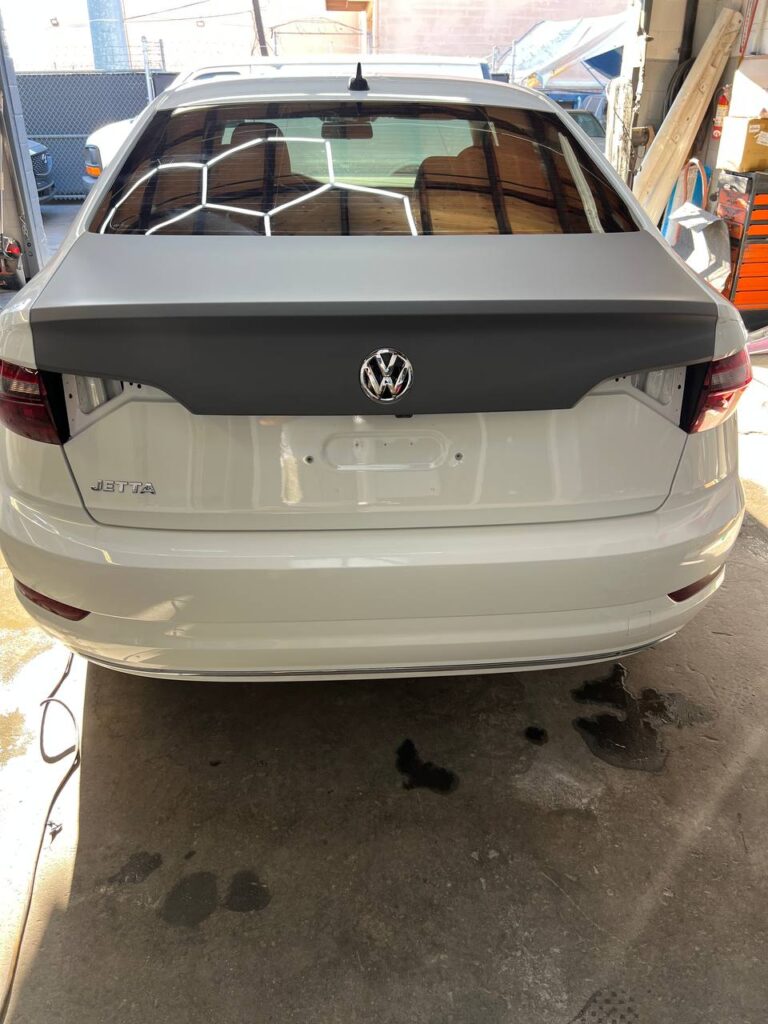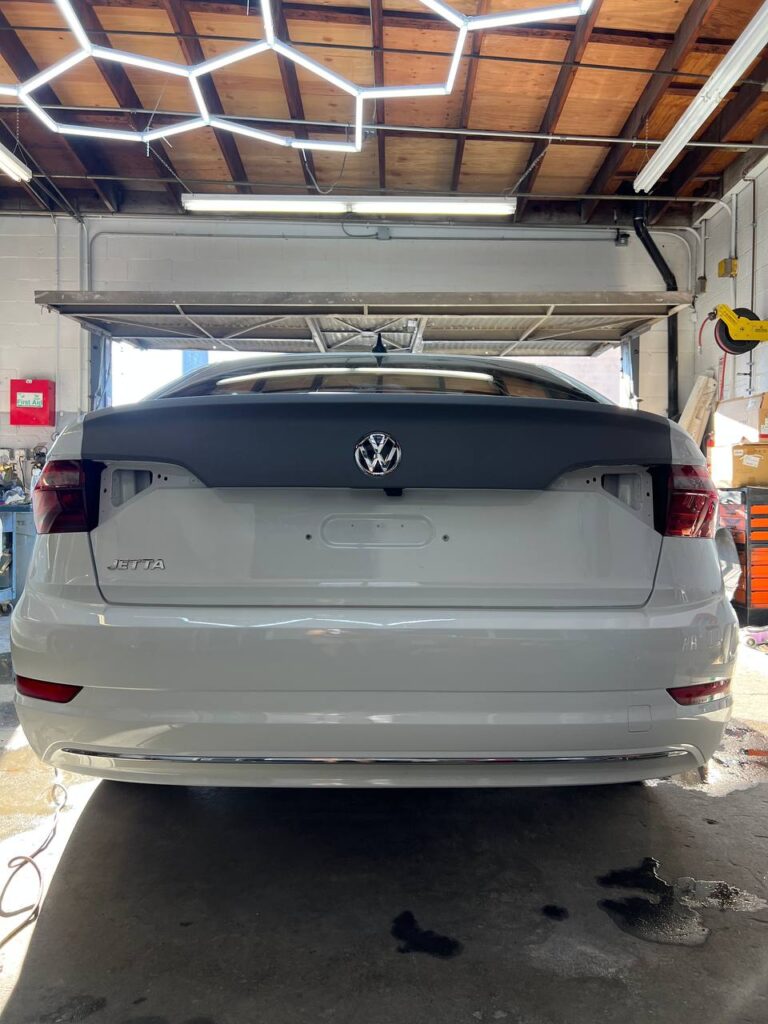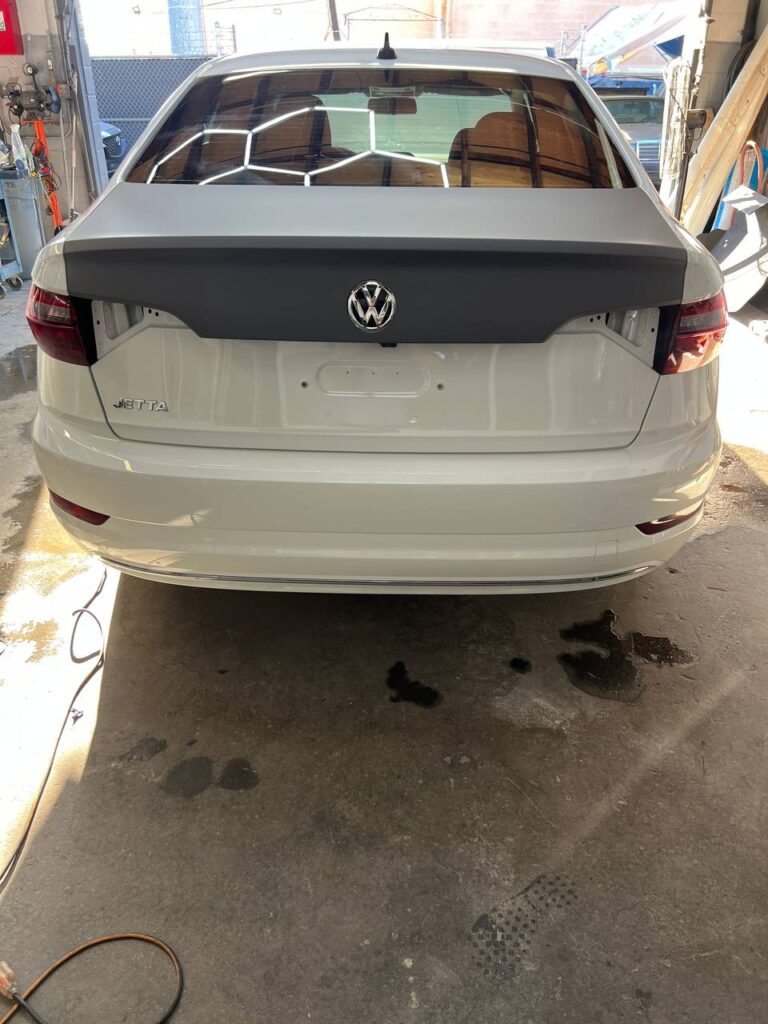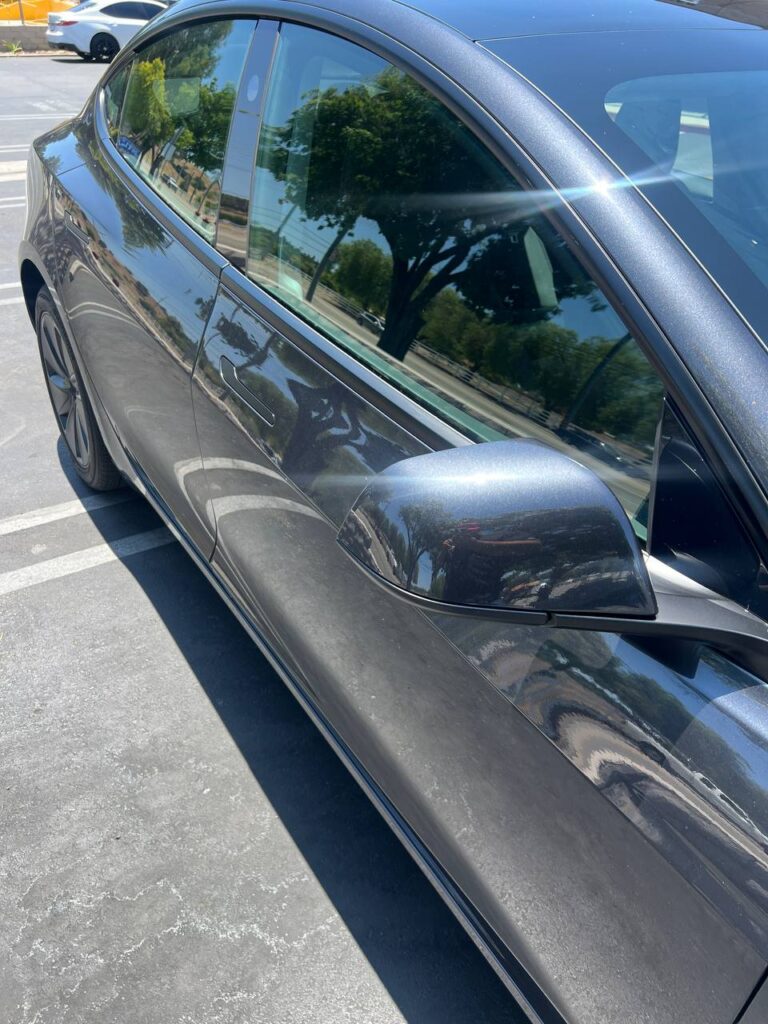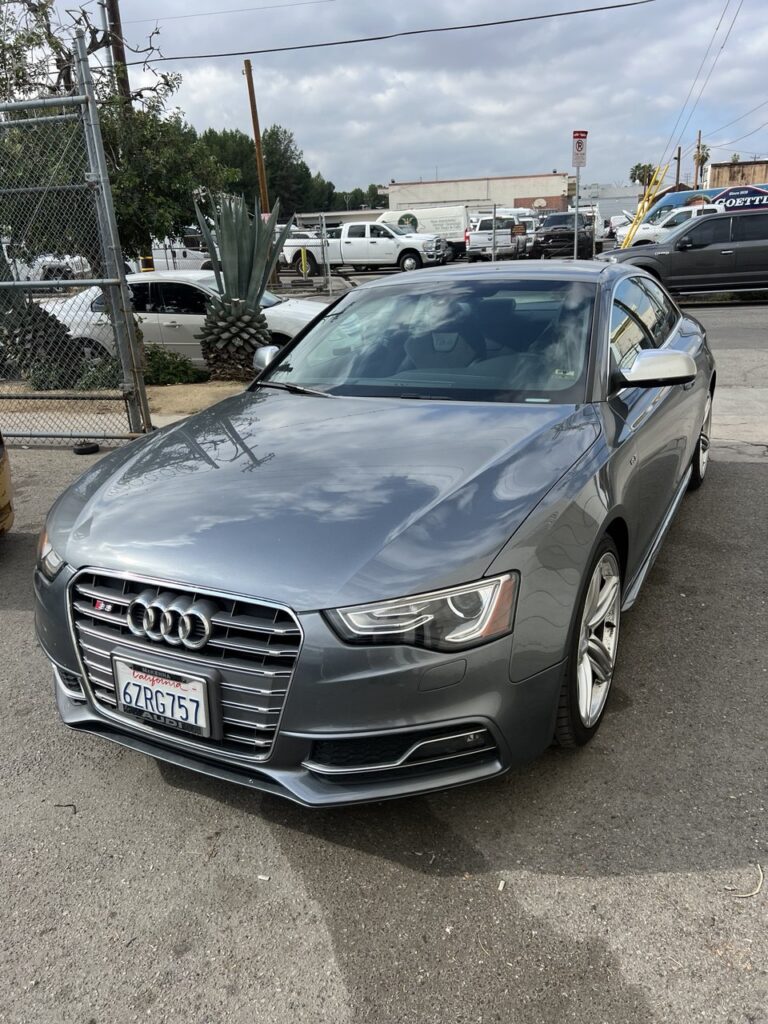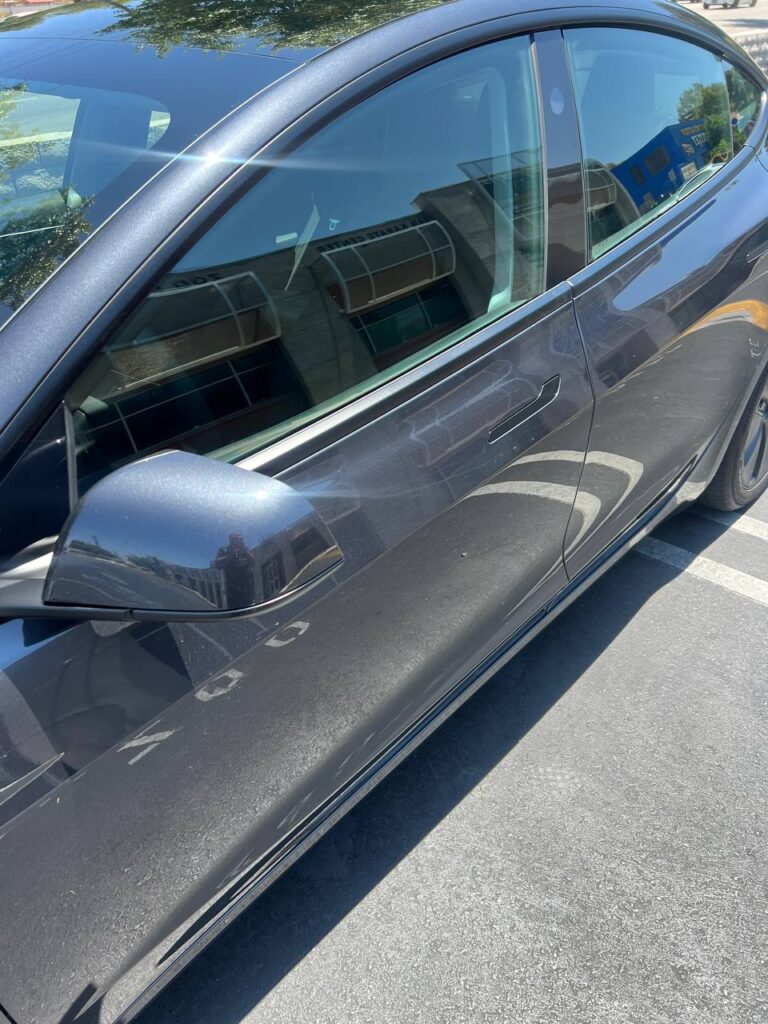Ceramic/graphene coating for cars refers to protective treatments that are applied to the vehicle’s exterior surfaces, primarily the paint, to enhance its durability, appearance, and resistance to various environmental factors. Here’s a breakdown of each component:
Ceramic Coating
Composition: Ceramic coatings are typically made from silicon dioxide (SiO2) or similar compounds. These coatings bond chemically with the vehicle's paint, forming a protective layer.
Benefits:
- Protection: Provides resistance against UV rays, chemical stains, bird droppings, tree sap, and other environmental contaminants.
- Hydrophobic Properties: Creates a water-repellent surface that causes water to bead and roll off, which can lead to easier cleaning and less dirt accumulation.
- Durability: Offers long-lasting protection compared to traditional waxes and sealants, often lasting several years with proper care.
- Gloss and Shine: Enhances the appearance of the vehicle's paint with a glossy finish.
Application: Requires careful surface preparation and often takes several hours. Professional installation is recommended for optimal results, though some DIY products are available.
Graphene Coating
Composition: Graphene is a single layer of carbon atoms arranged in a two-dimensional lattice. When used in coatings, it often comes as a mixture with other compounds for enhanced properties.
Benefits:
- Improved Hardness: Graphene coatings can be more resistant to scratches and swirls compared to traditional ceramic coatings due to their hardness.
- Enhanced Durability: Offers even longer-lasting protection, often extending beyond the capabilities of ceramic coatings.
- Higher Hydrophobicity: Typically demonstrates superior water-repelling properties, which helps keep the surface cleaner for longer periods.
- Thermal Resistance: Can provide better resistance to heat and protect against fading and surface degradation.
Application: Similar to ceramic coatings, graphene coatings also require thorough surface preparation. They can be applied by professionals or some consumer-grade options may be available for DIY enthusiasts.
Conclusion
Both ceramic and graphene coatings provide excellent protective qualities for vehicles, enhancing their longevity and maintaining their aesthetic appeal. A combination of these technologies can be extremely effective, as they leverage the strengths of both to provide an optimal protective barrier against environmental damage.
Some examples of our work
